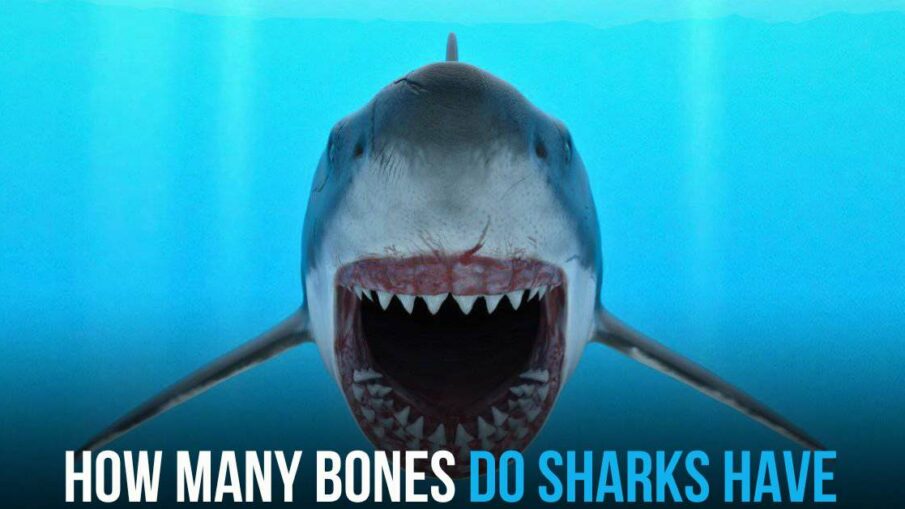Sharks, the apex predators of the ocean, have long fascinated and mystified humans. With over 500 species swimming in the depths of the sea, these incredible creatures vary greatly in size, shape, and behavior. One of the most intriguing aspects of sharks is their unique anatomy, particularly the absence of bones.
In this blog post, we will delve into the fascinating world of shark biology, answering the question: How many bones do sharks have?
1. Shark Anatomy: No Bones About It Sharks belong to a group known as “elasmobranchs,” characterized by their cartilaginous tissues, which are lighter than bones. This unique feature aids in buoyancy, preventing them from sinking into the water.
2. The Myth of Shark Teeth Shark teeth are not bones; they are made of calcium phosphate, which is lighter than actual bone. Unlike human teeth, shark teeth are not affixed to the jaw. Sharks shed their teeth regularly, with some losing about one tooth per week, resulting in an astonishing 35,000 teeth throughout their lifetime.
3. The Diversity of Shark Teeth The shape of a shark’s teeth is closely tied to its feeding and hunting habits. Different species have evolved teeth specialized for crushing, tearing, or grasping prey. These distinct tooth shapes help identify the type of shark.
4. Cartilage, Not Bones Sharks do not possess bones in their bodies. Instead, their skeletons, including the skull, jaw, spinal cord, and teeth, are made of cartilage. Cartilage is lightweight, allowing sharks to move gracefully through the water.
5. The Mystery of Shark Blood Sharks, unlike terrestrial animals, do not rely on bones to produce red blood cells. Instead, their unique blood is created in the spleen, epigonal organ, and Leydig’s organ, exclusive to Chondrichthyes fish. This adaptation helps them thrive in the marine environment.
6. The Advantages of Cartilage Cartilage offers several advantages for sharks, including weight minimization, buoyancy, flexibility, and enhanced bite force. These traits make cartilage a superior choice for their aquatic lifestyle.
7. The Vertebrate Status of Sharks Despite the absence of bones, sharks are indeed vertebrates. Their spinal column consists of two tube-like sections of cartilage that protect the spinal cord, much like the function of a bone-based vertebral column.
8. Shark Scales: Dermal Denticles Sharks are covered in scales called dermal denticles. These microscopic, tooth-like scales help reduce drag and enhance thrust, allowing sharks to navigate swiftly through the water. Unlike traditional fish scales, dermal denticles do not lay flat on the skin.
9. The Controversy of Eating Shark Meat Shark meat is consumed in some parts of the United States, but it is not particularly popular due to concerns about mercury levels and the endangered status of certain shark species. Shark finning, the practice of removing fins and releasing sharks back into the water, poses a significant threat to shark populations.
10. The Global Issue of Shark Finning Shark finning is a brutal practice that results in the wasteful death of countless sharks. Fishermen capture sharks, remove their fins, and discard them back into the ocean, where they often suffocate or fall prey to other animals. This practice poses a severe threat to shark populations worldwide.
Conclusion: The mysteries of shark anatomy, including their lack of bones, highlight the incredible adaptability of these ancient ocean dwellers. Sharks’ cartilaginous skeletons, unique blood production, and specialized teeth contribute to their status as top predators of the sea. As we continue to explore and learn about these magnificent creatures, it becomes clear that they play a crucial role in maintaining the balance of marine ecosystems.


Leave a Reply